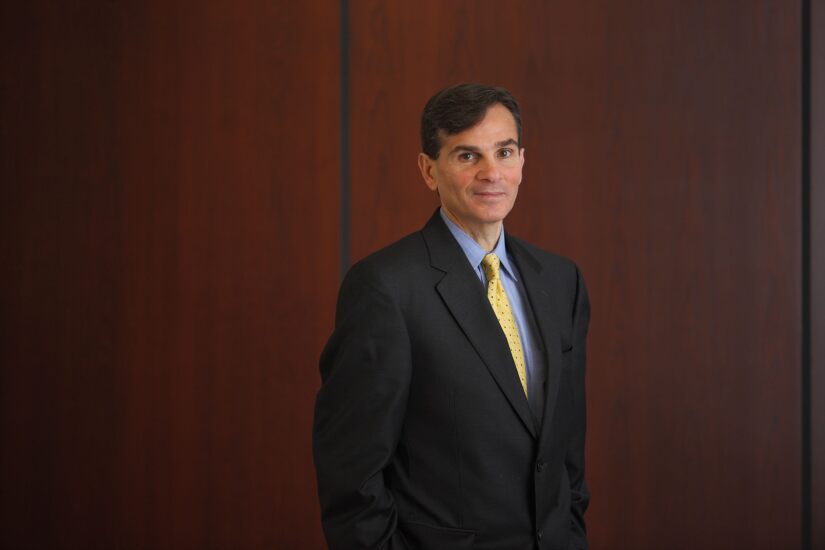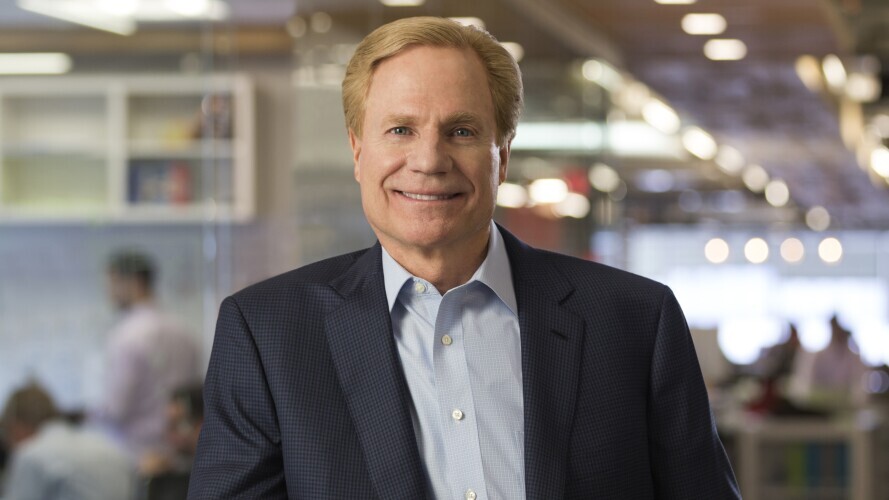At some point soon, James Herbert’s 37-year tenure as CEO of First Republic Bank in San Francisco will come to an end.
Herbert, 77, is currently out on medical leave and is expected to return, but the $181 billion-asset First Republic said in January that it has
Turns out, the answer is yes. We did some research and found that, among the nation’s 100 largest bank holding companies, two CEOs have been at the helm of their banks longer than Herbert. There are also two others whose tenures date to the savings-and-loan crisis of the late 1980s and early 1990s and several more who took over just when internet banking was becoming a thing.
So who are the industry’s most-seasoned CEOs, and what’s been their secret to longevity? Read on to find out.
















